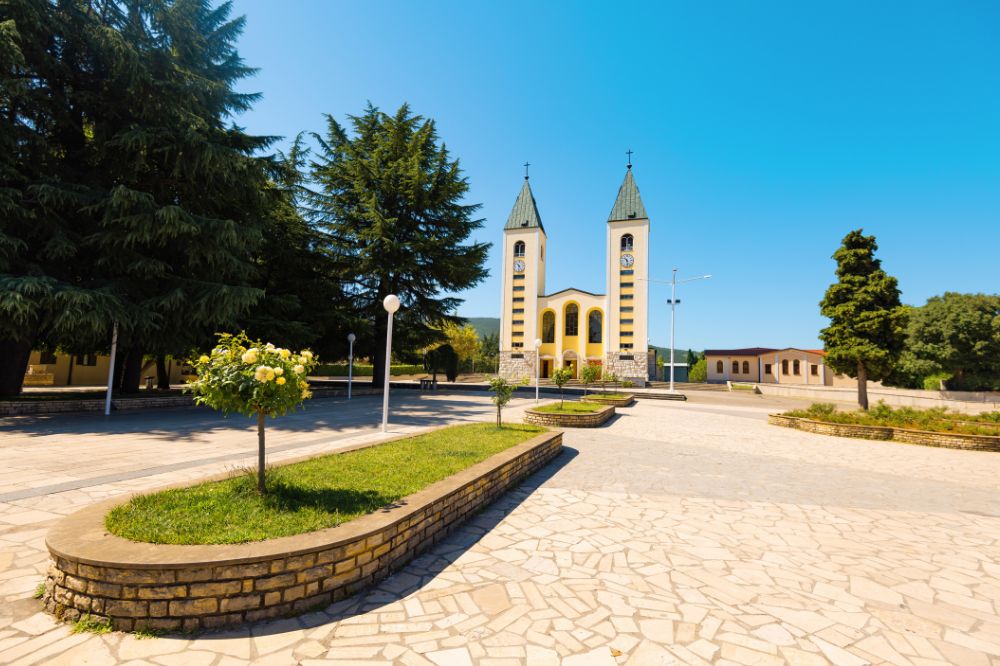
Nestled in the heart of Bosnia and Herzegovina, Medjugorje is a small village that has emerged as one of the most popular centers of Christian faith in recent times.
Its history is marked by a miraculous transformation since June 24, 1981, when six local youths claimed to have witnessed Marian apparitions. In a period of intense social and political upheaval, the heavenly messages received in this corner of the Balkans radiated new hope and gave rise to what has become a global spiritual phenomenon.
With a deep cultural and religious background, Medjugorje has witnessed an incessant influx of pilgrims, drawn by the accounts of miracles and divine messages still proclaimed by the original visionaries.
Since that first apparition of the Virgin Mary (the Queen of Peace), thousands of testimonies and conversions have turned this place into a sanctuary where spirituality intertwines with everyday life.

Among the Catholic pilgrimages, Medjugorje stands out as a place of divine encounters and celestial revelations that have captured the world’s attention. The Marian apparitions in this small village have generated a constant flow of devout and curious visitors, each seeking to understand or experience the reported miraculous phenomena.
We will now explore in detail the original witnesses, the theological implications, and the ecclesial response.
The six young people of Medjugorje: Ivanka, Mirjana, Vicka, Ivan, Jakov, and Marija became the unexpected protagonists of a story that would transcend the borders of their small village.
That afternoon of June 24, 1981, they found themselves for the first time in front of the figure of the Virgin Mary on the Podbrdo hill. This milestone not only marked the beginning of a series of celestial encounters but also the start of an irreversible change in their lives and in the spiritual perception of Medjugorje.
These young people, who at that time were only teenagers, received messages calling them to promote prayer, peace, and conversion of the heart.
Thus, this place began to attract thousands of pilgrims from all parts. It became a meeting point for those seeking spirituality and healing, similar to what happened decades earlier at the Sanctuary of Fatima.
Like Fatima, the messages of encounter with the Virgin Mary in Medjugorje have emphasized the importance of conversion, prayer, and penance. They establish a parallel that links both places as vital centers of Marian faith.
The messages delivered by the Virgin Mary in Medjugorje focus on five essential themes that are cornerstones for spiritual renewal and Catholic practice.
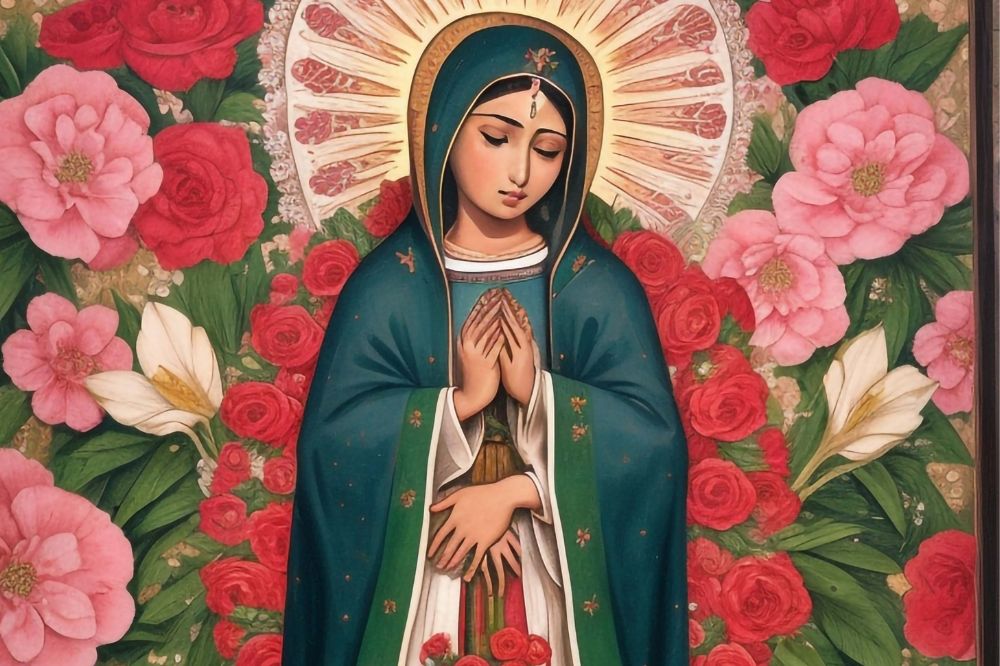
Locally, clergy and bishops have shown a range of reactions, from initial skepticism to cautious acceptance. Globally, Vatican investigations have sought to assess the authenticity of the apparitions and their alignment with Catholic doctrine.
The Ruini Commission, appointed by Pope Benedict XVI in 2010, concluded that the first apparitions had an authentic character, but the subsequent ones should continue to be evaluated with caution.
The Church has not given official recognition to Medjugorje as a place of apparition. However, it has allowed official pilgrimages, opening an ongoing dialogue about the spiritual significance of this phenomenon.
In contrast, the response of the faithful has been clear and overwhelming. Year after year, millions of pilgrims from all over the world travel to this meeting place in search of peace, conversion, and healing. Testimonies of renewed faith, healings, and mystical experiences have nourished popular devotion and many’s conviction in the authenticity of the apparitions.
The pilgrim’s path in Medjugorje is a transformative experience encompassing several significant sites, each with its own symbolism and spiritual purpose. The pilgrimage to these sites reminds many of the experience of other sanctuaries like the Virgin of Lourdes, offering a space for encountering God through devotion, sacrifice, and prayer.
Pilgrims encounter a profound sense of community and faith as they traverse these sacred landmarks.
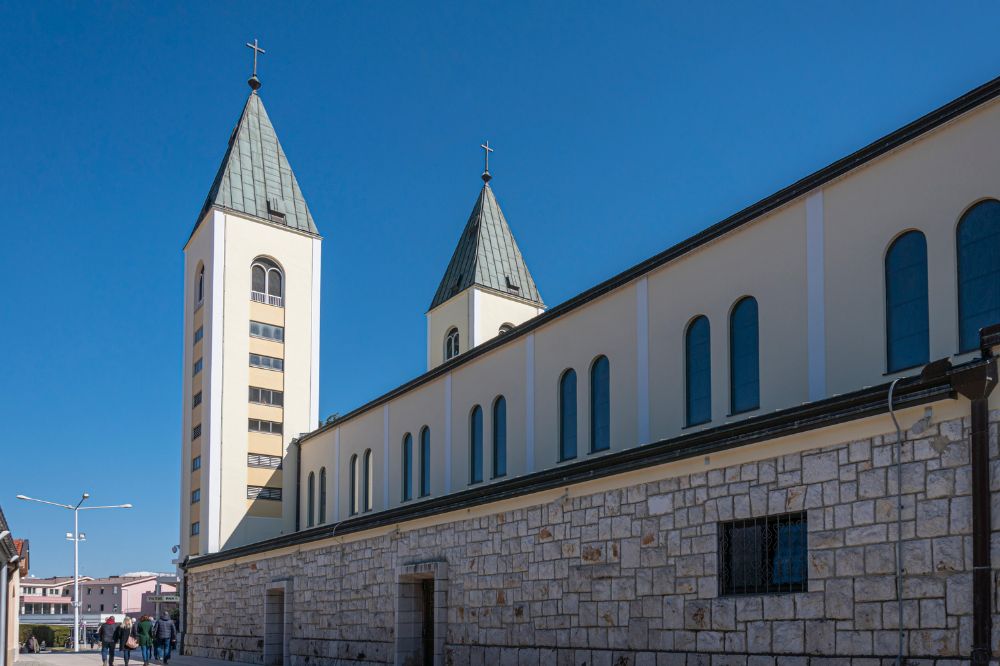
The Apparition Hill (Podbrdo) is where the six original visionaries said they saw the Virgin Mary for the first time in 1981. Since then, this site has been the epicenter of Marian devotion here.
Pilgrims climb the hill in prayer, recalling the devout act of the visionaries who ascended in awe to receive the divine messages. At the top stands a white statue of the Virgin Mary, a visual and spiritual reminder of the messages that continue to inspire visitors.
The ascent to Podbrdo has also become a ritual for many pilgrims, who often carry candles, rosaries, and notes with prayer intentions. Some perform the Stations of the Cross while ascending, transforming the climb into an act of sacrifice and meditation.
The Cross Mountain (Krizevac) is another essential stop on the pilgrim’s path. This hill, located on the outskirts of Medjugorje, is crowned by a monumental white cross erected in 1934 to commemorate the 1900th anniversary of Jesus’ crucifixion.
The cross, almost 10 meters high, contains relics of the original cross of Christ. Every year, thousands of pilgrims climb the hill in an act of sacrifice and penance, carrying their prayers and hopes.
The ascent symbolizes devotion to Christ’s sacrifice, and many pilgrims consider it a journey of purification. Along the way, there are Stations of the Cross guiding visitors in a deeper reflection on Jesus’ Passion.
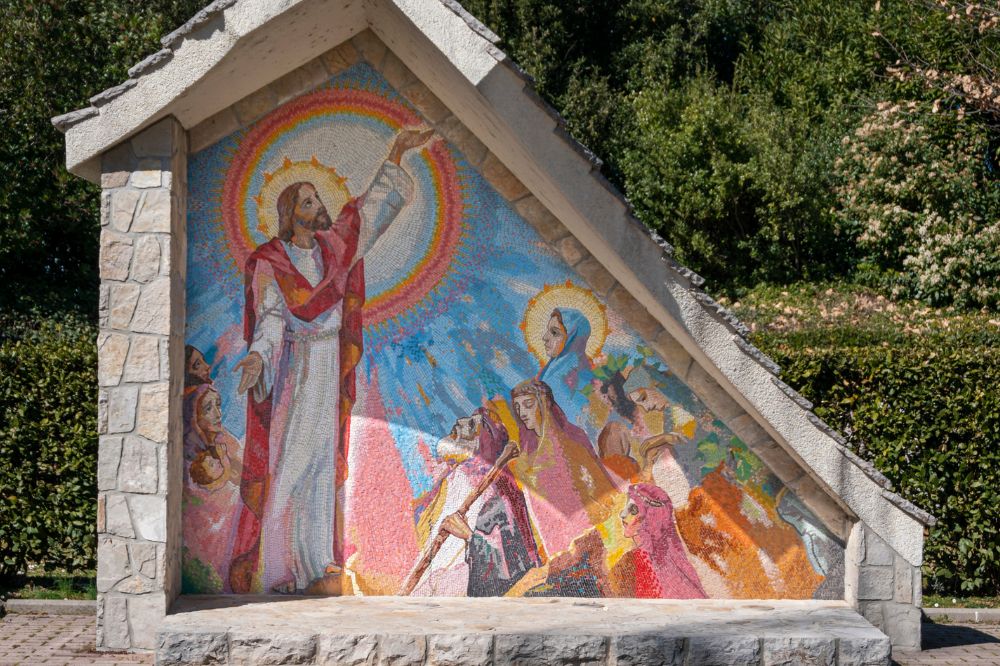
The St. James Church, patron of pilgrims, is the epicenter of spiritual life in Medjugorje.
Built in the late 19th century, its simple facade houses a vibrant community of faithful who find in it a meeting place for mass, Eucharistic adoration, and confession. Its open design welcomes the crowds that gather daily, especially during Marian festivals and prayer events held here.
The Community Cenacolo, founded by Sister Elvira Petrozzi, is a haven for those seeking hope and restoration in their spiritual lives.
Originally established to help young people with addiction problems and other difficulties, today this community has evolved to welcome pilgrims of all ages and backgrounds seeking a space of peace, work, and faith. Residents, along with volunteers and friends, work together on the farm, workshops, and prayer activities to cultivate a spirit of service and community.
The focus of Community Cenacolo is on the rediscovery of human dignity through work and faith. It invites pilgrims to reflect on their relationship with God while offering their time and energy to help others.
This is a transformative journey that transcends visits to its sacred sites. Like other pilgrimage sites, such as Garabandal, it offers a unique opportunity for the faithful to immerse themselves in an atmosphere of deep reflection, prayer, and spiritual renewal.
Retreats, confessions, and prayer groups are designed to nurture faith, invite reconciliation, and strengthen ties with the global Christian community.
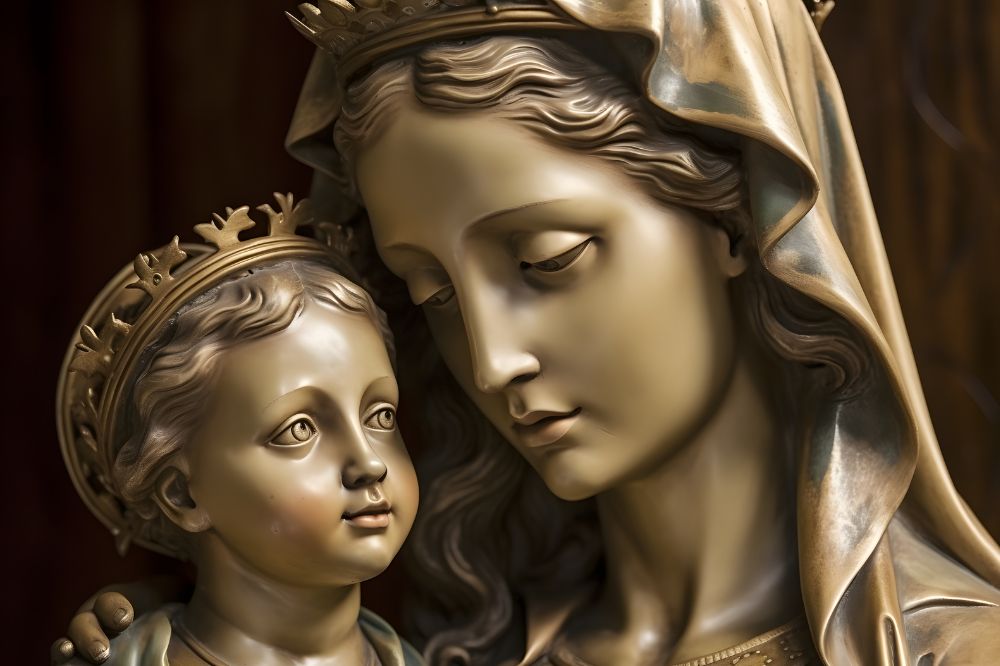
These retreats vary in duration and focus, but all include time for meditation, personal reflection, and spiritual guidance. Visitors immerse themselves in a serene environment that favors silence and contemplation, guided by committed priests and laypeople who offer inspiring talks on relevant spiritual themes.
Many retreats include activities such as Eucharistic adoration, participation in the Stations of the Cross, and the recitation of the rosary. All this, along with group sessions where pilgrims can share their experiences.
Local priests, assisted by visiting priests from around the world, are available for confession in multiple languages. The long lines of penitents testify to the impact this sacrament has on the hearts
of the faithful. They provide a way to leave behind sin and find peace in absolution.
These groups, varying in size and frequency of meetings, focus on praying the rosary, reading the Bible, and studying the Marian messages. Often led by committed laypeople, these groups foster personal conversion, inner peace, and community support.
Meeting in local churches, homes, or even online, these groups become a spiritual extension of Medjugorje. They provide a safe space to share faith experiences and witness the transformative power of the Marian messages.
For a hassle-free journey, it’s essential to prepare in advance.
Medjugorje has left an indelible mark on the global Marian movement and the spiritual lives of millions of people. The Marian apparitions that began in 1981, along with the messages of the Virgin Mary, have inspired a new generation of believers to deepen their faith and commit to peace, conversion, and reconciliation.
This influence has created a global network of pilgrims, prayer groups, and devotion centers, all united by a common desire to live the message of Medjugorje. The influence of this place has been seen in the emergence of prayer groups on all continents, extending Marian devotion and the rosary as a way to connect with the Virgin Mary.
These groups are dedicated to charity and mutual support, spreading the message of compassion and service. Spiritual centers inspired by Medjugorje also offer retreats and training programs, reinforcing the importance of prayer, meditation, and community life.
Stay Connected with WayHoly
Discover your perfect pilgrimage and be the first to know about new journeys. By subscribing to our newsletter, you’ll receive the latest updates on pilgrimages, exclusive offers, and spiritual resources to enrich your faith journey.
Don’t miss the opportunity to deepen your connection with God and lead others on their path to spiritual renewal. Join us today and become an instrument of His Will through WayHoly!
“To upload your pilgrimage, please choose one of our plans and create an account, or log in if you’re already a member. Join us in guiding others on their spiritual journey.”